Chrysler 2013 Annual Report Download - page 37
Download and view the complete annual report
Please find page 37 of the 2013 Chrysler annual report below. You can navigate through the pages in the report by either clicking on the pages listed below, or by using the keyword search tool below to find specific information within the annual report.-
 1
1 -
 2
2 -
 3
3 -
 4
4 -
 5
5 -
 6
6 -
 7
7 -
 8
8 -
 9
9 -
 10
10 -
 11
11 -
 12
12 -
 13
13 -
 14
14 -
 15
15 -
 16
16 -
 17
17 -
 18
18 -
 19
19 -
 20
20 -
 21
21 -
 22
22 -
 23
23 -
 24
24 -
 25
25 -
 26
26 -
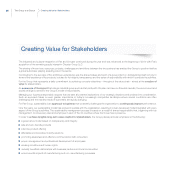 27
27 -
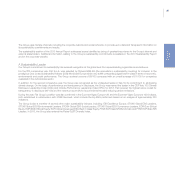 28
28 -
 29
29 -
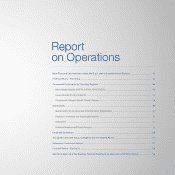 30
30 -
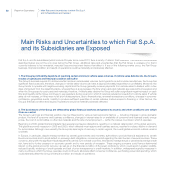 31
31 -
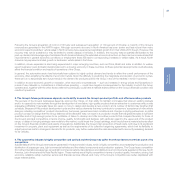 32
32 -
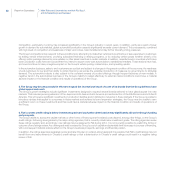 33
33 -
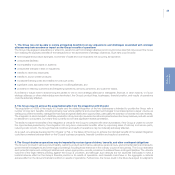 34
34 -
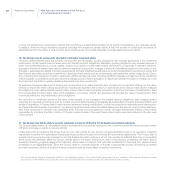 35
35 -
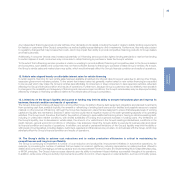 36
36 -
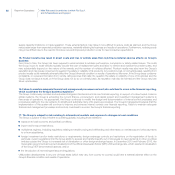 37
37 -
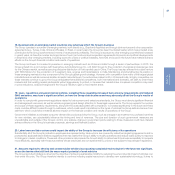 38
38 -
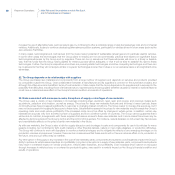 39
39 -
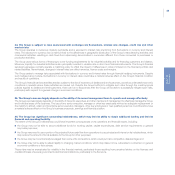 40
40 -
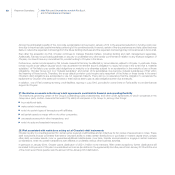 41
41 -
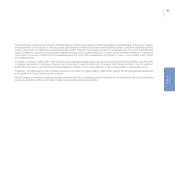 42
42 -
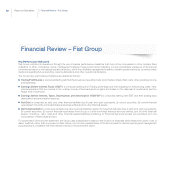 43
43 -
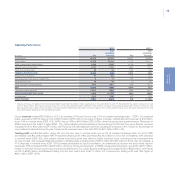 44
44 -
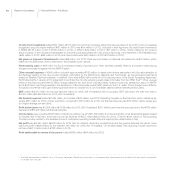 45
45 -
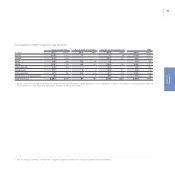 46
46 -
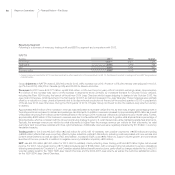 47
47 -
 48
48 -
 49
49 -
 50
50 -
 51
51 -
 52
52 -
 53
53 -
 54
54 -
 55
55 -
 56
56 -
 57
57 -
 58
58 -
 59
59 -
 60
60 -
 61
61 -
 62
62 -
 63
63 -
 64
64 -
 65
65 -
 66
66 -
 67
67 -
 68
68 -
 69
69 -
 70
70 -
 71
71 -
 72
72 -
 73
73 -
 74
74 -
 75
75 -
 76
76 -
 77
77 -
 78
78 -
 79
79 -
 80
80 -
 81
81 -
 82
82 -
 83
83 -
 84
84 -
 85
85 -
 86
86 -
 87
87 -
 88
88 -
 89
89 -
 90
90 -
 91
91 -
 92
92 -
 93
93 -
 94
94 -
 95
95 -
 96
96 -
 97
97 -
 98
98 -
 99
99 -
 100
100 -
 101
101 -
 102
102 -
 103
103 -
 104
104 -
 105
105 -
 106
106 -
 107
107 -
 108
108 -
 109
109 -
 110
110 -
 111
111 -
 112
112 -
 113
113 -
 114
114 -
 115
115 -
 116
116 -
 117
117 -
 118
118 -
 119
119 -
 120
120 -
 121
121 -
 122
122 -
 123
123 -
 124
124 -
 125
125 -
 126
126 -
 127
127 -
 128
128 -
 129
129 -
 130
130 -
 131
131 -
 132
132 -
 133
133 -
 134
134 -
 135
135 -
 136
136 -
 137
137 -
 138
138 -
 139
139 -
 140
140 -
 141
141 -
 142
142 -
 143
143 -
 144
144 -
 145
145 -
 146
146 -
 147
147 -
 148
148 -
 149
149 -
 150
150 -
 151
151 -
 152
152 -
 153
153 -
 154
154 -
 155
155 -
 156
156 -
 157
157 -
 158
158 -
 159
159 -
 160
160 -
 161
161 -
 162
162 -
 163
163 -
 164
164 -
 165
165 -
 166
166 -
 167
167 -
 168
168 -
 169
169 -
 170
170 -
 171
171 -
 172
172 -
 173
173 -
 174
174 -
 175
175 -
 176
176 -
 177
177 -
 178
178 -
 179
179 -
 180
180 -
 181
181 -
 182
182 -
 183
183 -
 184
184 -
 185
185 -
 186
186 -
 187
187 -
 188
188 -
 189
189 -
 190
190 -
 191
191 -
 192
192 -
 193
193 -
 194
194 -
 195
195 -
 196
196 -
 197
197 -
 198
198 -
 199
199 -
 200
200 -
 201
201 -
 202
202 -
 203
203 -
 204
204 -
 205
205 -
 206
206 -
 207
207 -
 208
208 -
 209
209 -
 210
210 -
 211
211 -
 212
212 -
 213
213 -
 214
214 -
 215
215 -
 216
216 -
 217
217 -
 218
218 -
 219
219 -
 220
220 -
 221
221 -
 222
222 -
 223
223 -
 224
224 -
 225
225 -
 226
226 -
 227
227 -
 228
228 -
 229
229 -
 230
230 -
 231
231 -
 232
232 -
 233
233 -
 234
234 -
 235
235 -
 236
236 -
 237
237 -
 238
238 -
 239
239 -
 240
240 -
 241
241 -
 242
242 -
 243
243 -
 244
244 -
 245
245 -
 246
246 -
 247
247 -
 248
248 -
 249
249 -
 250
250 -
 251
251 -
 252
252 -
 253
253 -
 254
254 -
 255
255 -
 256
256 -
 257
257 -
 258
258 -
 259
259 -
 260
260 -
 261
261 -
 262
262 -
 263
263 -
 264
264 -
 265
265 -
 266
266 -
 267
267 -
 268
268 -
 269
269 -
 270
270 -
 271
271 -
 272
272 -
 273
273 -
 274
274 -
 275
275 -
 276
276 -
 277
277 -
 278
278 -
 279
279 -
 280
280 -
 281
281 -
 282
282 -
 283
283 -
 284
284 -
 285
285 -
 286
286 -
 287
287 -
 288
288 -
 289
289 -
 290
290 -
 291
291 -
 292
292 -
 293
293 -
 294
294 -
 295
295 -
 296
296 -
 297
297 -
 298
298 -
 299
299 -
 300
300 -
 301
301 -
 302
302 -
 303
303 -
 304
304 -
 305
305 -
 306
306 -
 307
307 -
 308
308 -
 309
309 -
 310
310 -
 311
311 -
 312
312 -
 313
313 -
 314
314 -
 315
315 -
 316
316 -
 317
317 -
 318
318 -
 319
319 -
 320
320 -
 321
321 -
 322
322 -
 323
323 -
 324
324 -
 325
325 -
 326
326 -
 327
327 -
 328
328 -
 329
329 -
 330
330 -
 331
331 -
 332
332 -
 333
333 -
 334
334 -
 335
335 -
 336
336 -
 337
337 -
 338
338 -
 339
339 -
 340
340 -
 341
341 -
 342
342 -
 343
343 -
 344
344 -
 345
345 -
 346
346 -
 347
347 -
 348
348 -
 349
349 -
 350
350 -
 351
351 -
 352
352 -
 353
353 -
 354
354 -
 355
355 -
 356
356 -
 357
357 -
 358
358 -
 359
359 -
 360
360 -
 361
361 -
 362
362 -
 363
363 -
 364
364 -
 365
365 -
 366
366
 |
 |

36 Report on Operations Main Risks and Uncertainties to which Fiat S.p.A.
and its Subsidiaries are Exposed
supply capacity limitations, or trade regulation. These external factors may make it more difficult to reduce costs as planned, and the Group
may sustain larger than expected production expenses, materially affecting its business and results of operations. Furthermore, reducing costs
may prove difficult due to the need to introduce new and improved products in order to meet consumer expectations.
15. Product recalls may result in direct costs and loss of vehicle sales that could have material adverse effects on Group’s
business
From time to time, the Group has been required to recall vehicles to address performance, compliance or safety-related issues. The costs
the Group incurs to recall vehicles typically include the cost of replacement parts and labor to remove and replace the problem parts, and
may substantially depend on the nature of the remedy and the number of vehicles affected. Product recalls may also harm the Group’s
reputation and may cause consumers to question the safety or reliability of its products. Any costs incurred, or lost vehicle sales, resulting from
product recalls could materially adversely affect the Group’s financial condition or results of operations. Moreover, if the Group faces consumer
complaints, or receives information from vehicle rating services that calls into question the safety or reliability of one of its vehicles and the
Group does not issue a recall, or if the Group does not do so on a timely basis, its reputation may also be harmed and the Group may lose
future vehicle sales.
16. Failure to maintain adequate financial and management processes and controls could lead to errors in the financial reporting,
which could harm the Group’s business reputation
The Group continuously monitors and evaluates changes in its internal controls over financial reporting. In support of a drive toward common
global systems, the Group is extending the current finance, procurement, and capital project and investment management systems to
new areas of operations. As appropriate, the Group continues to modify the design and documentation of internal control processes and
procedures relating to the new systems to simplify and automate many of its previous processes. The Group’s management believes that the
implementation of this system will continue to improve and enhance internal controls over financial reporting. Failure to maintain adequate
financial and management processes and controls could lead to errors in the Group’s financial reporting.
17. The Group is subject to risks relating to international markets and exposure to changes in local conditions
The Group is subject to risks inherent to operating globally, including those related to:
exposure to local economic and political conditions;
import and/or export restrictions;
multiple tax regimes, including regulations relating to transfer pricing and withholding and other taxes on remittances and other payments
to or from subsidiaries;
foreign investment and/or trade restrictions or requirements, foreign exchange controls and restrictions on the repatriation of funds. In
particular, current regulations limit the Group ability to access and transfer liquidity out of Venezuela to meet demands in other countries
and also subject the Group to increased risk of devaluation or other foreign exchange losses. In December 2010 and February 2013, the
Venezuelan government announced devaluations of the official Venezuelan Bolivar (VEF)-USD exchange rate, which resulted in devaluation
of the Group VEF denominated balances; and/or
the introduction of more stringent laws and regulations.
Unfavorable developments in any one of these areas (which may vary from country to country) could have a material adverse effect on the
Group’s financial condition and results of operations.
